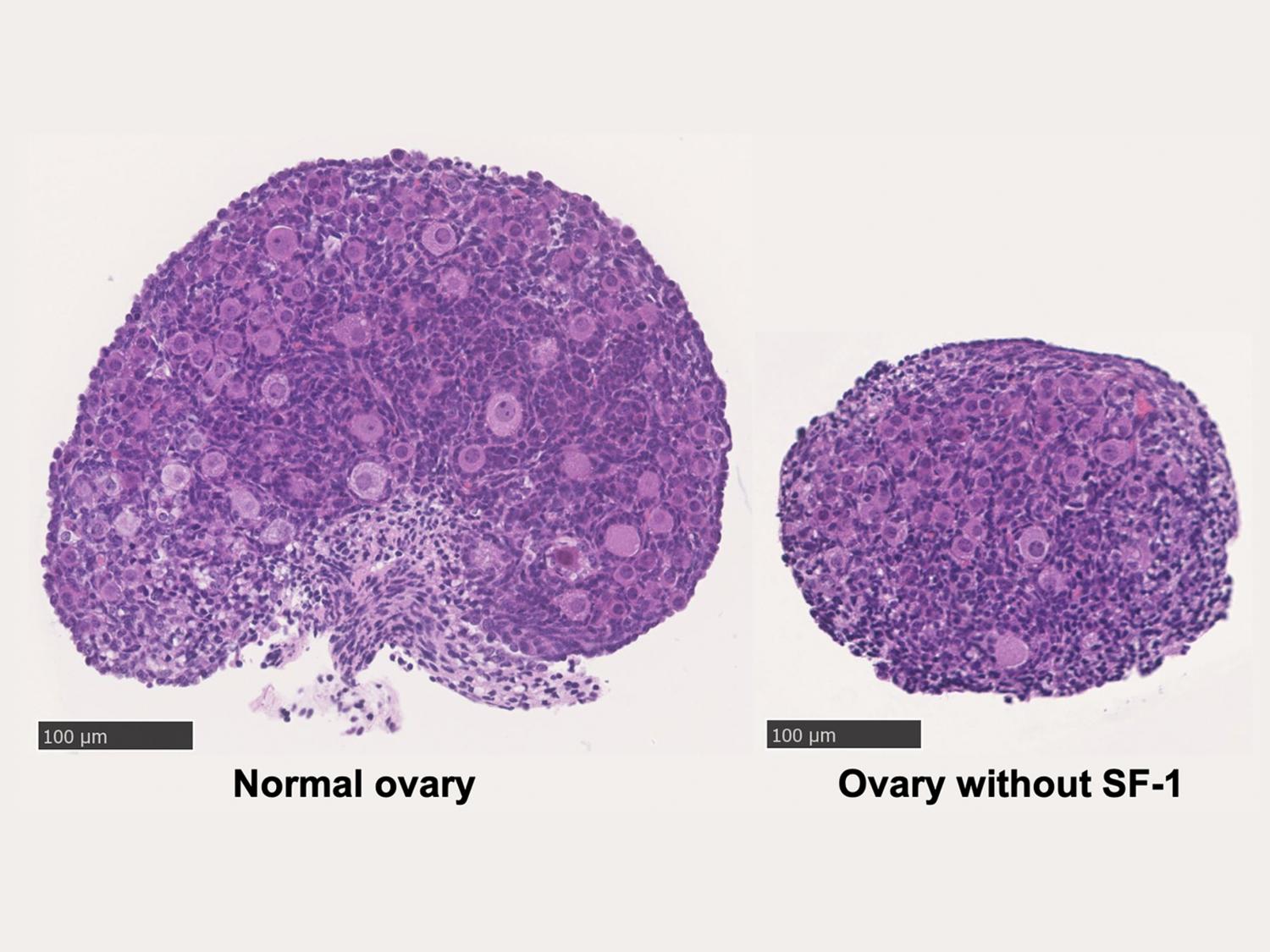2023-08-11 マサチューセッツ工科大学(MIT)
◆DNA骨組みに量子ロッドを制御された方法で堆積させることで、光の偏光を制御し、仮想シーンに奥行きと次元を加えることが容易になります。これにより、量子ロッドの配置や性質を制御し、幅広い電子機器アプリケーションに活用できる可能性があります。
<関連情報>
- https://news.mit.edu/2023/arrays-quantum-rods-could-enhance-tv-virtual-reality-devices-0811
- https://www.science.org/doi/10.1126/sciadv.adh8508
量子ドットと量子ロッドの超高速高密度DNA官能基化により、ナノスケール精度でスケーラブルな2D 配列の製造が可能になる Ultrafast dense DNA functionalization of quantum dots and rods for scalable 2D array fabrication with nanoscale precision
Chi Chen,Xin Luo,Alexander E. K. Kaplan,Moungi G. Bawendi,Robert J. Macfarlane, and Mark Bathe
Science Advances Published:11 Aug 2023
DOi:https://doi.org/10.1126/sciadv.adh8508

Abstract
Scalable fabrication of two-dimensional (2D) arrays of quantum dots (QDs) and quantum rods (QRs) with nanoscale precision is required for numerous device applications. However, self-assembly–based fabrication of such arrays using DNA origami typically suffers from low yield due to inefficient QD and QR DNA functionalization. In addition, it is challenging to organize solution-assembled DNA origami arrays on 2D device substrates while maintaining their structural fidelity. Here, we reduced manufacturing time from a few days to a few minutes by preparing high-density DNA-conjugated QDs/QRs from organic solution using a dehydration and rehydration process. We used a surface-assisted large-scale assembly (SALSA) method to construct 2D origami lattices directly on solid substrates to template QD and QR 2D arrays with orientational control, with overall loading yields exceeding 90%. Our fabrication approach enables the scalable, high fidelity manufacturing of 2D addressable QDs and QRs with nanoscale orientational and spacing control for functional 2D photonic devices.


